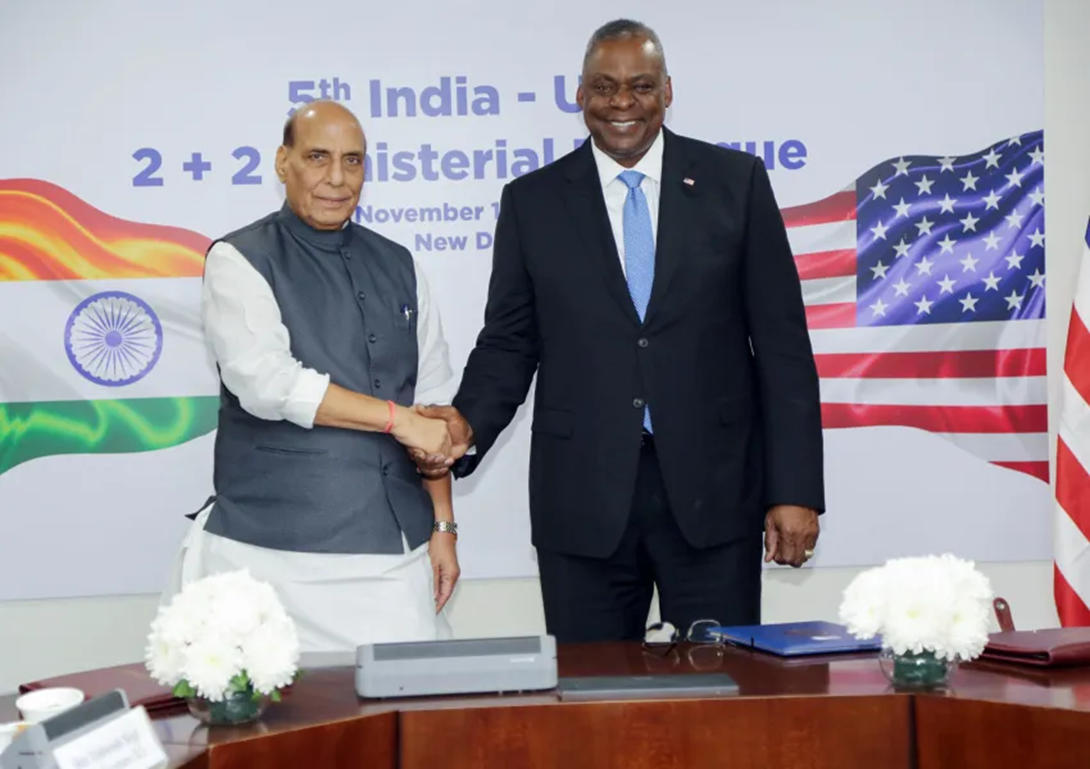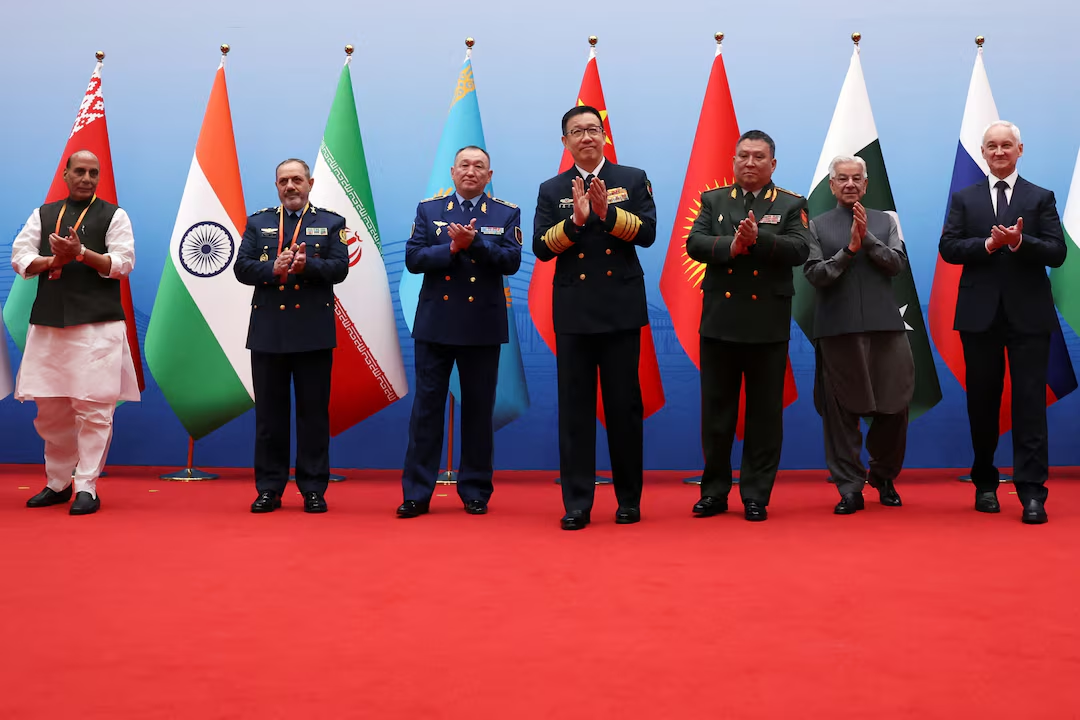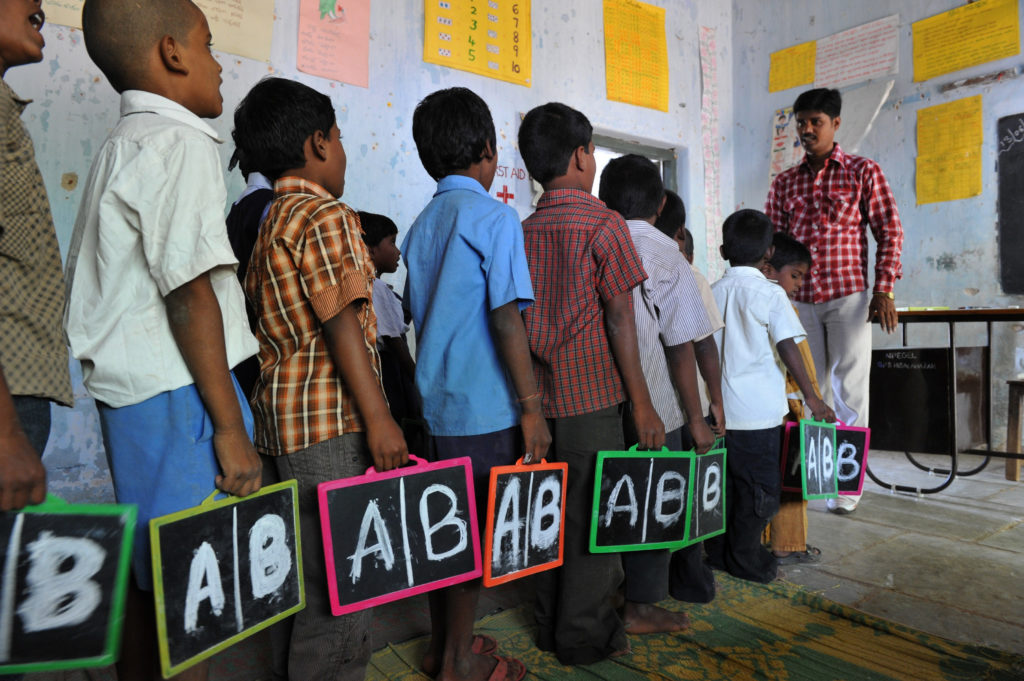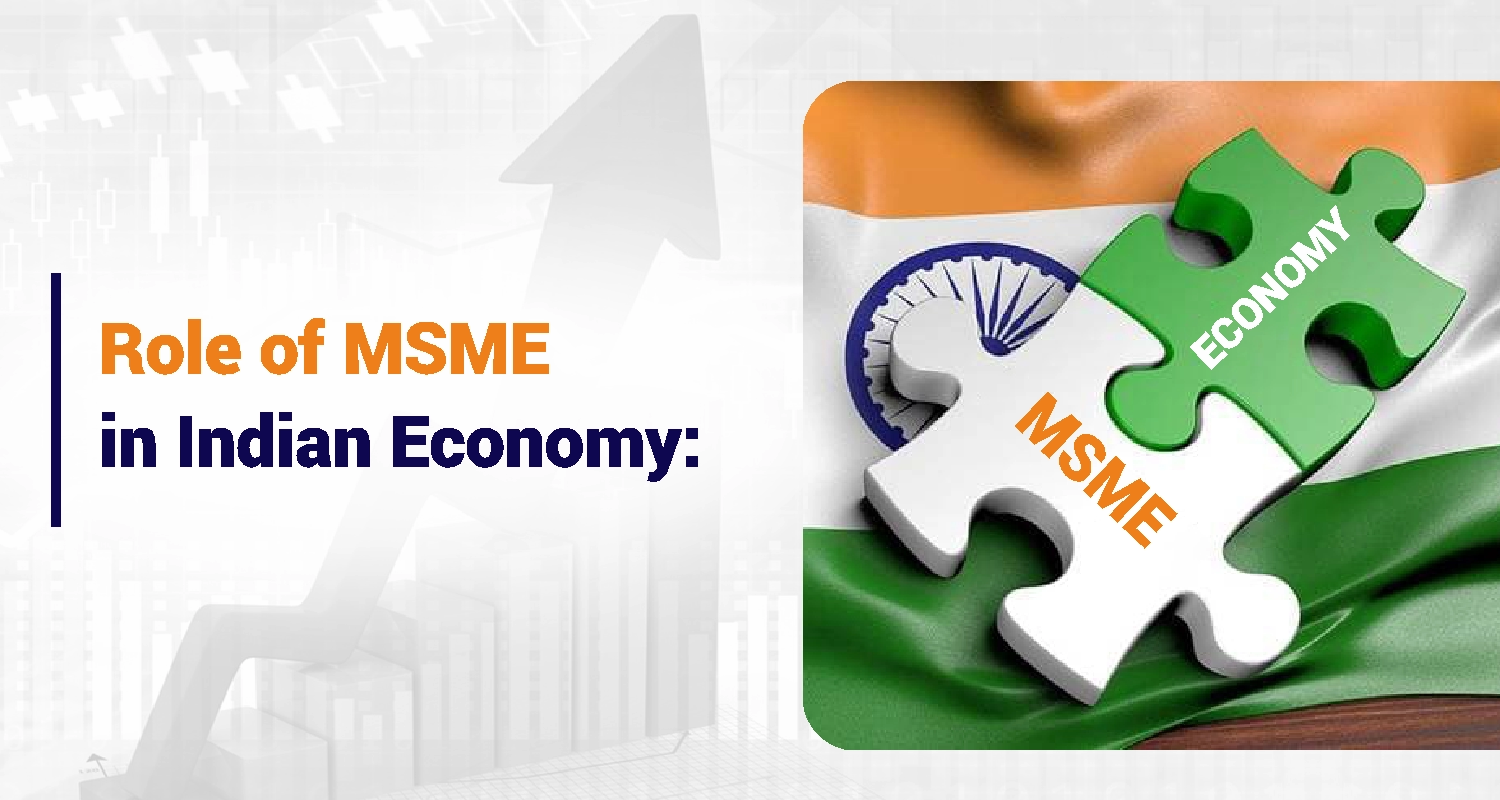- Courses
- GS Full Course 1 Year
- GS Full Course 2 Year
- GS Full Course 3 Year
- GS Full Course Till Selection
- Answer Alpha: Mains 2025 Mentorship
- MEP (Mains Enrichment Programme) Data, Facts
- Essay Target – 150+ Marks
- Online Program
- GS Recorded Course
- Polity
- Geography
- Economy
- Ancient, Medieval and Art & Culture AMAC
- Modern India, Post Independence & World History
- Environment
- Governance
- Science & Technology
- International Relations and Internal Security
- Disaster Management
- Ethics
- NCERT Current Affairs
- Indian Society and Social Issue
- NCERT- Science and Technology
- NCERT - Geography
- NCERT - Ancient History
- NCERT- World History
- NCERT Modern History
- CSAT
- 5 LAYERED ARJUNA Mentorship
- Public Administration Optional
- ABOUT US
- OUR TOPPERS
- TEST SERIES
- FREE STUDY MATERIAL
- VIDEOS
- CONTACT US
2 New US-India Agreements Signed
2 New US-India Agreements Signed

India and the US have recently signed two crucial defense agreements:
- Security of Supply Arrangement (SOSA)
- Memorandum of Agreement regarding Assignment of Liaison Officers
During Defence Minister Rajnath Singh’s four-day official visit that concluded on Sunday (August 25), the partner nations agreed to advance priority co-production projects including jet engines, unmanned platforms, munitions, and ground mobility systems under the 2023 US-India Roadmap for Defence Industrial Cooperation.
Key Defence Agreements Signed Between India and the US
1. Security of Supply Arrangement (SOSA)
2. Memorandum of Understanding (MoU) on Liaison Officers
3. Reciprocal Defence Procurement (RDP) Agreement (Under Discussion)
SOSA vs. RDP
|
Developments in India-US Defence Cooperation
-
General Security of Military Information Agreement (GSOMIA) (2002)
- Facilitates the sharing of sensitive military information between India and the US, marking the beginning of formal defense cooperation.
-
Logistics Exchange Memorandum of Agreement (LEMOA) (2016)
- Provides a framework for reciprocal logistical support and allows each country’s military forces to use each other’s bases for refueling, repairs, and other logistical support.
-
Communications Compatibility and Security Agreement (COMCASA) (2018)
- Enhances secure military communications and facilitates access to advanced defense technologies. Ensures interoperability of communication systems.
-
Basic Exchange and Cooperation Agreement (BECA) (2020)
- Enables the sharing of geospatial data, which is crucial for precise military operations and intelligence gathering.
-
2+2 Ministerial Dialogue
- A strategic forum involving the defense and foreign ministers of both countries, facilitating high-level discussions on defense and strategic issues.
-
Strategic Trade Authorization Tier-1 Status (2018)
- Allows India to access advanced US defense technologies and streamlines the export of high-tech military equipment to India.
-
Defence Trade and Technology Initiative (DTTI) (2012)
- Aims to facilitate defense trade and promote co-production and co-development of defense technologies, marking a shift from a buyer-seller relationship to a partnership model.
-
Military Procurement
- India has procured advanced defense equipment from the US, including MH-60R Seahawk helicopters, Sig Sauer rifles, and M777 howitzers. Ongoing negotiations involve manufacturing GE F-414 jet engines in India and procuring MQ-9B High-Altitude Long-Endurance (HALE) UAVs.
-
INDUS-X (June 2023)
- The India-US Defense Acceleration Ecosystem (INDUS-X) aims to foster innovation and industrial cooperation in the defense sector.
-
I2U2 Grouping
- Comprises India, Israel, the US, and the UAE, focusing on joint investments and initiatives in areas such as water, energy, transportation, space, health, and food security.
Evolution of India-US Relations
|
Challenges to India-US Relations:
-
Human Rights and Democratic Values
- Concerns over the treatment of minorities in India, such as the implications of the Citizenship Amendment Act (CAA) and the revocation of Jammu and Kashmir's special status, have affected relations.
-
Strategic Competition with China
- Divergent approaches towards China, with occasional conflicts between India’s economic ties with China and US interests.
-
Trade and Economic Disputes
- Issues related to trade disputes, protectionist measures, and intellectual property rights complicate efforts for comprehensive trade agreements.
- Geopolitical Alignment
- Balancing relations with both the US and Russia poses challenges, particularly as the US expects stronger condemnation of Russia from India in the context of the Russia-Ukraine War.
Way Forward:
-
Address Diplomatic Concerns
- Resolve issues related to democratic values and strategic cooperation, focusing on initiatives like iCET to strengthen ties.
- India’s Role as a Global Bridge
- Utilize India’s leadership in forums like the G20 and SCO to bridge gaps between the West and developing nations.
- Enhance Counterterrorism Cooperation
- Strengthen counterterrorism efforts, particularly in managing the situation in Afghanistan and pressuring Pakistan to curb support for terrorism.
- Focus on Emerging Technologies and AI
- Increase collaboration on emerging technologies, emphasizing data regulation, information sharing, and privacy concerns.
- Advance Multilateral Coordination
- Prioritize coordination in forums such as the Quad and I2U2 to address global strategic issues and challenges.
- Boost Economic Engagement
- Enhance trade, investment, and technological cooperation to drive economic growth and ensure market access, supported by initiatives like iCET.
Conclusion
The recent India-US defense agreements, including SOSA and the MoU on Liaison Officers, mark a significant step in deepening bilateral defense ties. These agreements, along with ongoing and future initiatives, underscore a commitment to enhanced cooperation and strategic alignment. While challenges persist, particularly in human rights and geopolitical balancing, both nations are poised to advance their partnership through increased economic, technological, and defense collaboration. This evolving relationship holds promise for a more integrated and resilient defense partnership in the face of global challenges.



